Shubhashis Gangopadhyay
Bharat Sanchar Nigam Limited (BSNL) has complained to the Department of Telecommunication (DoT) and the Telecom Regulatory Authority of India (Trai) about the recent roaming agreement among Bharti Airtel, Vodafone Essar and Idea Cellular.
The latter are competitors of BSNL in all circles that they operate in.
The agreement among the three competitors of BSNL allows them to offer 3G services in areas where they have not been provided any 3G spectrum.
...
How PSU giants are eating up India's precious resources
Image: BSNL phone.BSNL, which was allotted the spectrum a year before everyone else but at 'competitive' prices, had expected to keep a market share of 30-35 per cent, as only three other private parties were allowed into any circle.
BSNL now feels that given this agreement, it will not be able to maintain its market share at anything more than 10 per cent.
...
How PSU giants are eating up India's precious resources
Image: Vodafone Zoo Zoo ad.For instance, this agreement allows Vodafone - which has spectrum in nine circles — to offer 3G services in 20 circles; Bharti Airtelwith 3G spectrum in 13 circles can offer such services in 20; and Idea, with 3G spectrum in 11 circles, can offer services in 19.
How valid is BSNL's complaint will be decided by DoT, Trai and, may be, even by the Competition Commission of India (CCI).
What interests me, however, is the background referred to in the press while reporting this news.
...
How PSU giants are eating up India's precious resources
Image: BSNL makes huge losses.Photographs: Reuters.
It states that BSNL, which had made a (net) profit of Rs 10,000 crores in 2005-06, reported a loss of Rs 1,823 crores in 2009-10 and a whopping Rs 6,000 crore loss in 2010-11.
The news item refers to two reasons: (a) it had made a payment of more than Rs 8,500 crores last year to acquire broadband wireless access (BWA) in 21 circles; and (b) it has a very inflated labour bill, comprising 47 per cent of its costs, since it employs about 2.8 lakh persons.
...
How PSU giants are eating up India's precious resources
Image: Workers at Maruti plant.Photographs: Reuters.
To address its increasing losses, it wants to return the BWA in 17 circles and wants to bring down its labour rolls to less than a lakh.
It is this last bit that makes me wonder. When we first started on our reform process in 1991, there were heated debates on whether we should privatise our public sector units.
At one end were those who thought these were inefficient and a drain on the economy; at the other were those who felt that they are essential for meeting strategic and political (economy) objectives relevant for India.
...
How PSU giants are eating up India's precious resources
Image: Compromise formula called disinvestment.Photographs: Reuters.
As in all Indian debates, it was never fully resolved, a compromise formula called disinvestment was developed and a ministry dealing with this strange concept was created. Everyone went home claiming a victory.
Historically, public sector units were conceived of under the assumption that they will control the 'commanding heights' of the Indian economy, which were necessary for rapid industrial growth but where private investment was unwilling to enter.
Over time and, especially after the nineties' reforms, private investment has moved into all areas and the existence of public sector units will have to be justified in other ways.
...
How PSU giants are eating up India's precious resources
Image: Education sector lacks funds.But once we acknowledge this, we must also recognise that the yard-sticks we use to measure private sector companies cannot be the same as the ones we use for public sector units.
However, regardless of whether we are from the right or the left, we continue to do so.
This is evident in the newspaper report where BSNL complains about competition and the news item blames the inflated labour bill for its ills.
...
How PSU giants are eating up India's precious resources
Image: Air India.Photographs: Reuters.
If the left and the right both agree to live and let live public sector units surrounded by private competitors comparable in scale and in the same activities, it must be that they are performing a function which the private sector would not.
It is difficult to come up with such a justification for Air India but may not be that difficult for BSNL.
After all, they are supposed to provide telecom services to poor and remote areas, areas that are not necessarily as profitable as the rich and non-remote areas where the private sector will congregate.
...
How PSU giants are eating up India's precious resources
Image: BSNL advt.But once we acknowledge this, we must also recognise that the yard-sticks we use to measure private sector companies cannot be the same as the ones we use for public sector units.
However, regardless of whether we are from the right or the left, we continue to do so.
This is evident in the newspaper report where BSNL complains about competition and the news item blames the inflated labour bill for its ills.
...
How PSU giants are eating up India's precious resources
Image: Value added across all sectors gives us our GDP.Photographs: Reuters.
In any economic activity, one of the most basic concepts is value added - the surplus from the activity, after material costs have been accounted for.
Aggregating this value added across all sectors gives us our GDP.
More GDP is better than less GDP, faster growth of GDP is better than a slower growth of GDP and, hence, more value added is better than less value added.
...
How PSU giants are eating up India's precious resources
Image: Air India pilots during a strike.The value added is calculated as the sum of what is going to labour and what is going to capital.
For a given amount of value added, if more goes to labour, less will go to capital, and vice versa.
If public sector units are not trying to maximise profit, but are resource efficient or maximising value added, then clearly the performance of these units cannot be measured by their labour bill compared to those private sector units in the same activity.
...
How PSU giants are eating up India's precious resources
Image: Air India ticketing counter.Photographs: Reuters.
More precisely, the cost of labour per unit revenue is no longer the best performance measure for public sector units whose presence is due to the fact that they do something that private companies will not do.
This is not to say that public sector units are doing the best they can, but to emphasise that we should be a bit more thoughtful in deciding what is good and what is unacceptable.
It is impossible to incentivise a sector to perform if we look at the wrong indicators.
The author is Research Director, IDF.

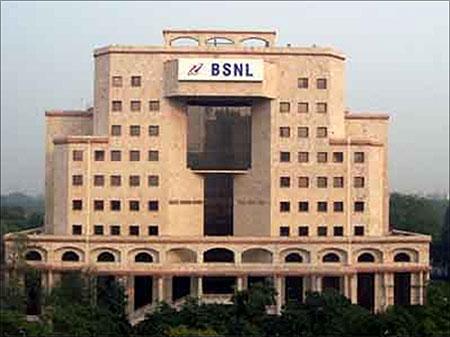
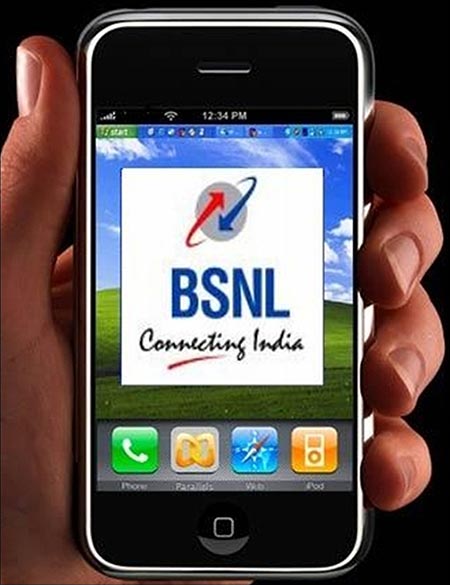

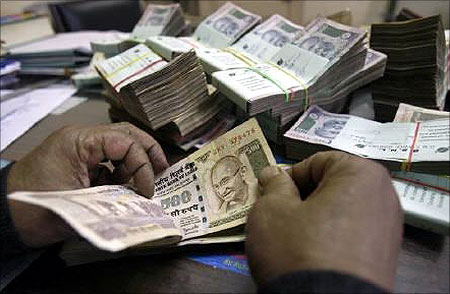

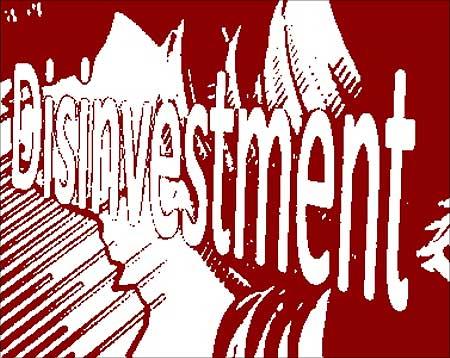
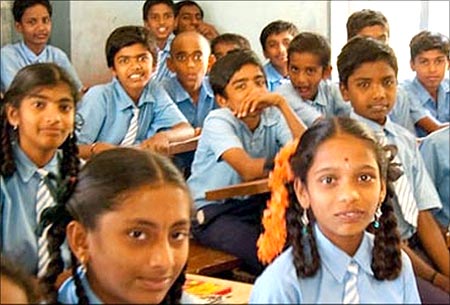
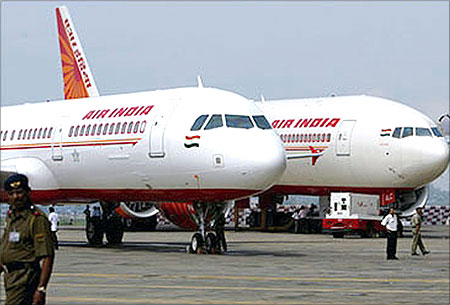

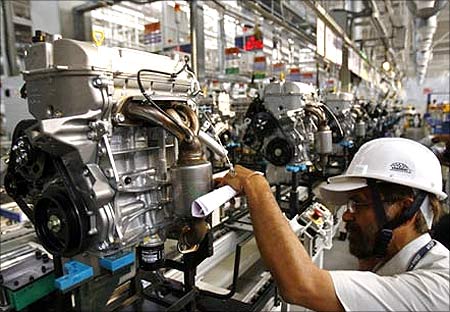



article